Figures & data
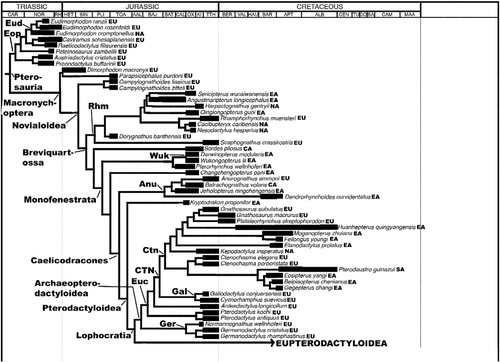

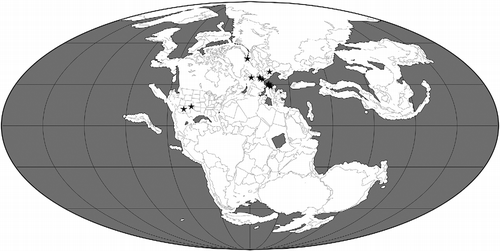
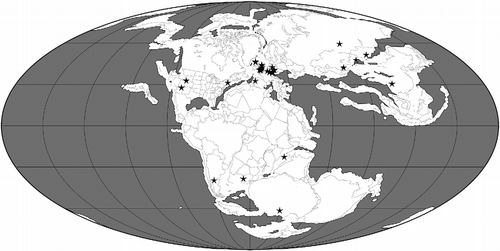
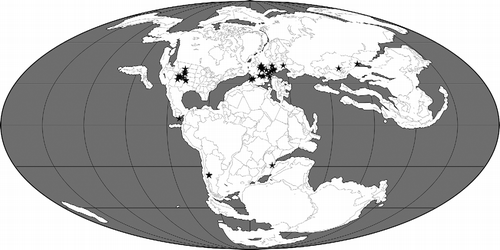
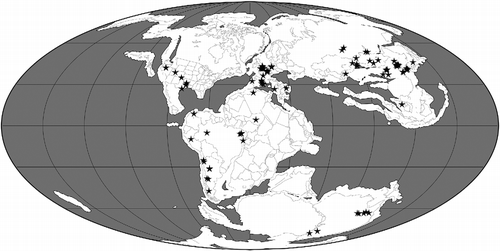

Table 1 A summary of the geographical and stratigraphic distributions of pterosaur families and other major clades (based on Barrett et al. Citation2008 modified by Andres, personal data).
Table 2 Summary of results of Treefitter analyses based on SC and MC costs.
Table 3 Biogeographical event frequencies.
Supplemental material
